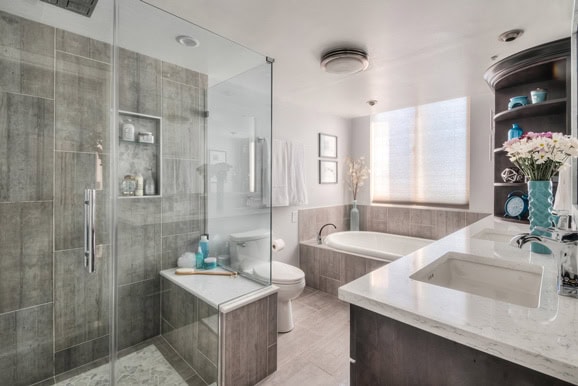When An Addition Is the Right Thing To Do
You might have realized by now that homeowners are adding additions to their homes more than ever before. The reasons are numerous. Inviting the grand parents back home to live as an extended family, bringing college grads back home to ease the burden as they begin their careers, or adding accessibility to the home to create an environment that will eliminate the need for assisted living in the future are just a few. Another key reason for the increase in addition remodeling is the fact that the housing market has become so tight and housing values have skyrocketed. For many, finding a new home that has the additional features needed has become next to impossible or affordable.
Enter the addition option. The fastest, most affordable, and satisfying course of action to take when you want to keep what you have and improve on it is the addition. But remember, when you decide to build an addition you are creating from scratch. The look, feel, materials, functionality and resulting structure will be borne out of your vision. So, there is exciting work and collaboration ahead.
Once you’ve decided on the reasons and what you hope to gain out of building a new addition to your home, contact us or give Glickman a call. On a project like this you can’t do it alone. You’ll need expert building advise, support, design, and construction to create your masterpiece. We’ve been successfully building residential additions in the DMV for over forty years, and we look forward to working with you.
Maryland: (301) 444-4663
Virginia: (703) 832-8159
Washington, DC: (202) 792-7320
There are dozens of ways you can add to your home to make it work for you. We have listed a few ideas and tips on how to approach the design and some of the material considerations that you’ll need to make.
Blending an addition
To ensure your house “works” stylistically you need to make sure your addition design blends well with the original structure. In short, an addition should look like it could always have been there. So, if your house has casement windows, for example, oversized crown moldings or wide plank floors, you’ll likely want to repeat those design elements in the new addition. But remember you are using the existing design elements as a guide, not necessarily copying them. Incorporating modern appliances and new building materials and trends can often work well with older design.



Another important tip when blending an addition is be less ornate. Take the cues off of what is there and add design elements that complement the existing structure, not overpower it. It’s always safer to step down the level of ornamentation rather than having it compete for attention with the house.
Addition Materials-Matching, combining, or replacing what’s already there
Wood Flooring
Original wood floors can be matched for species and size, but the color and grain cannot.
As long as there’s a break between the rooms the change in the look of the floor can be acceptable. If your planning an open floor plan, the entire floor may have to be sanded or replaced with a new wood floor.

Tile
Because of the custom nature of producing ceramic tiles, your chances are pretty slim of finding an exact match for almost any tile in your house. Other than fairly recent installations of basic ceramic tile—such as 4x4s or subway tiles—it’s very unlikely you’ll see the exact same color at any retailer. Again the option will likely be retiling the room or adding a break and picking up with a complementary tile.

Roofing
Recent materials shortages has seen the cut back in available colors for roofing, so matching may be difficult. If the addition roof isn’t connected to the old one, you can get away with doing something different, whether it’s a similar three-tab asphalt shingle in a slightly different color—or a completely dissimilar material, such as metal.

Windows
Thanks to double paned glass—which means no exterior storms are required—your new windows won’t look exactly like the old ones. Older, single pane glass windows require storms, second windows added to the outside of the main window as additional protection against drafts and severe weather. Still, you should do what you can to echo what’s there. If your house has divided lights (that is, multiple panes of glass in each window sash), order new windows with a matching pattern—and always choose a matching material (in other words, wood if the old ones are made of wood).

Paint
Here’s where it’s fairly easy to tie together new and old. For one thing, you can simply repaint the old interior spaces at the same time you paint the new walls and ceilings. Outside, though, repainting the entire house can add significant cost to the job. Luckily, it’s pretty easy to match any old paint color. You may know the name of the paint—or be able to find it on a spare can in the basement. Or you can bring a chip to a local paint supplier and they’ll use an optical computer to match the color. That will unify old and new—even if the underlying materials are a little different.
